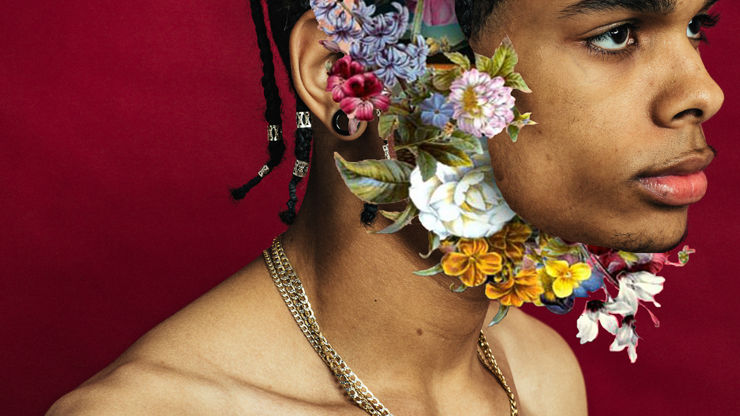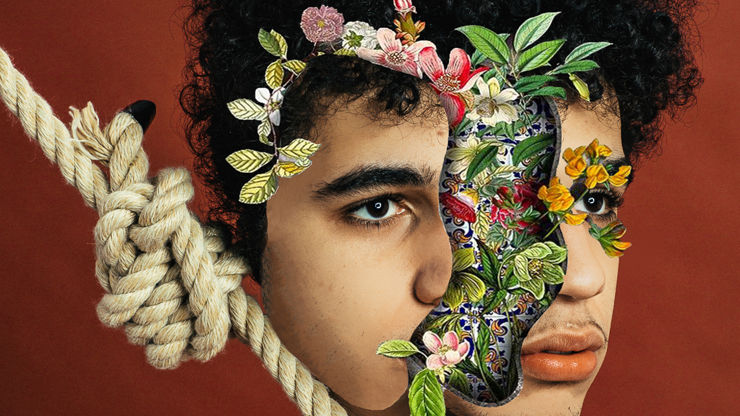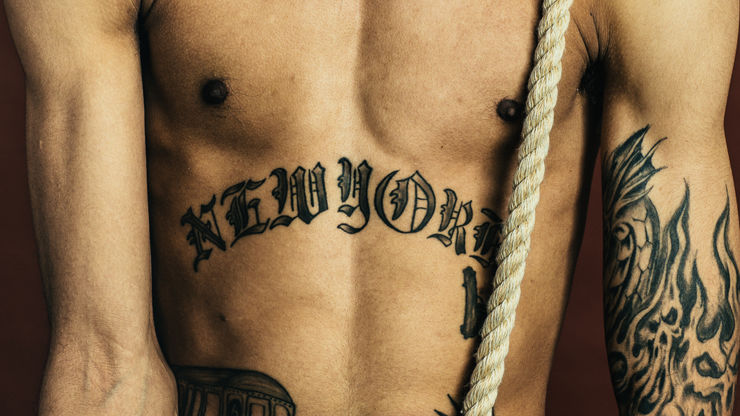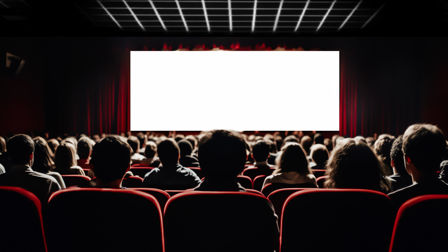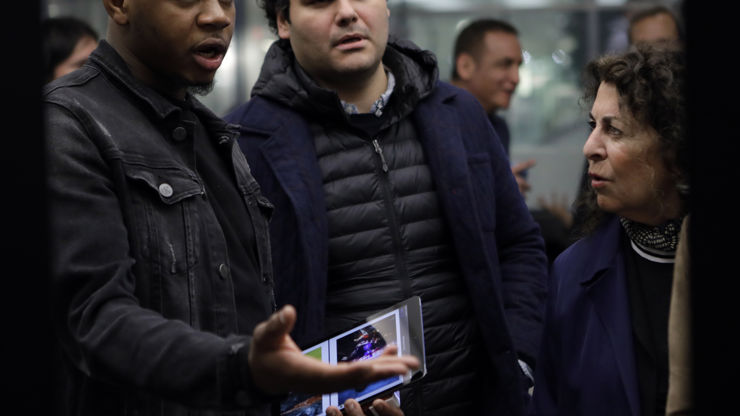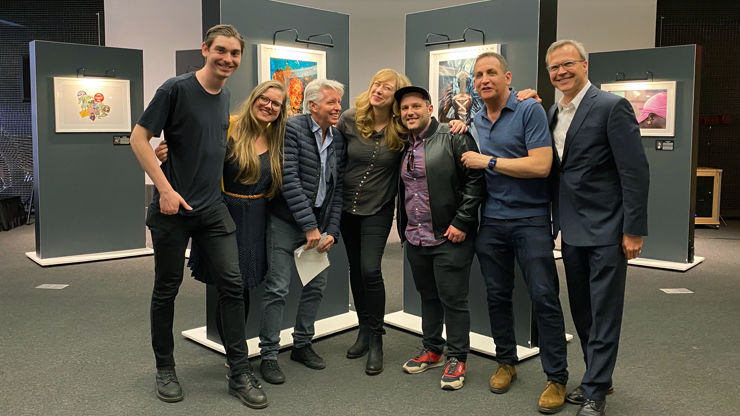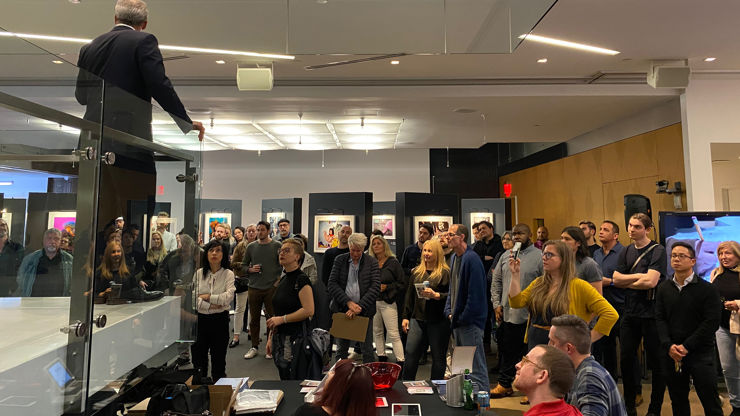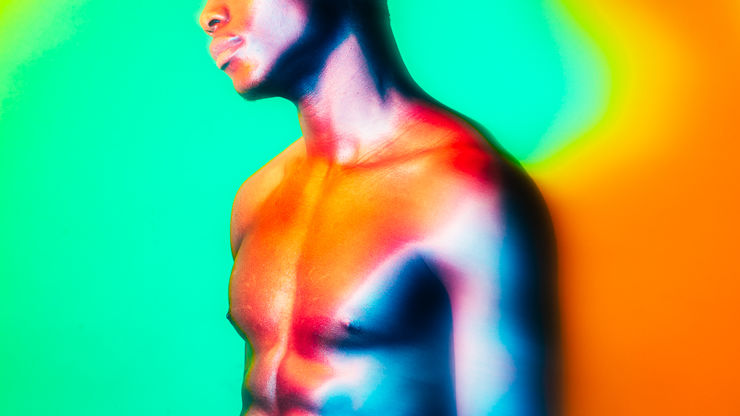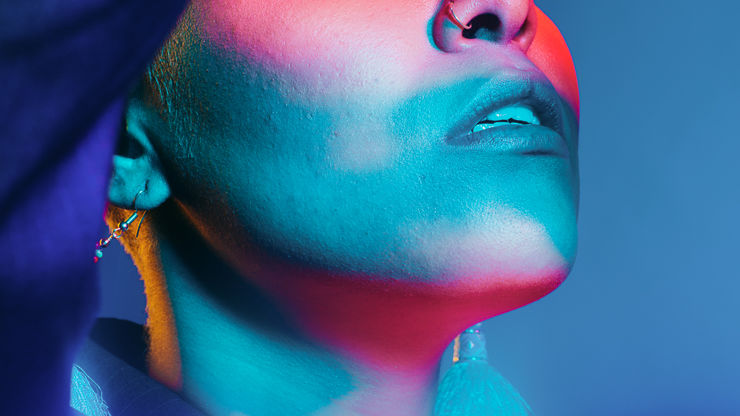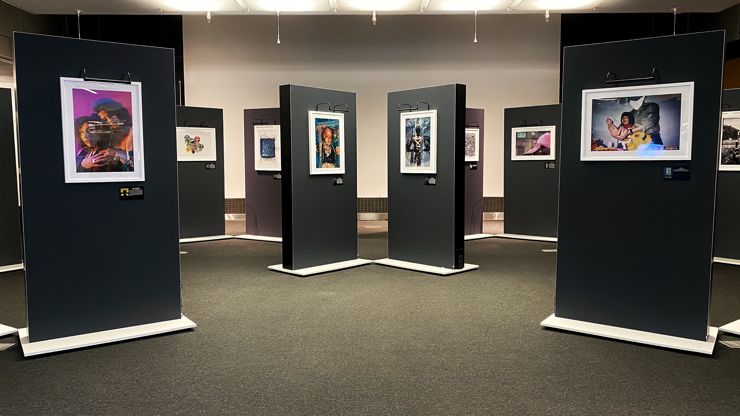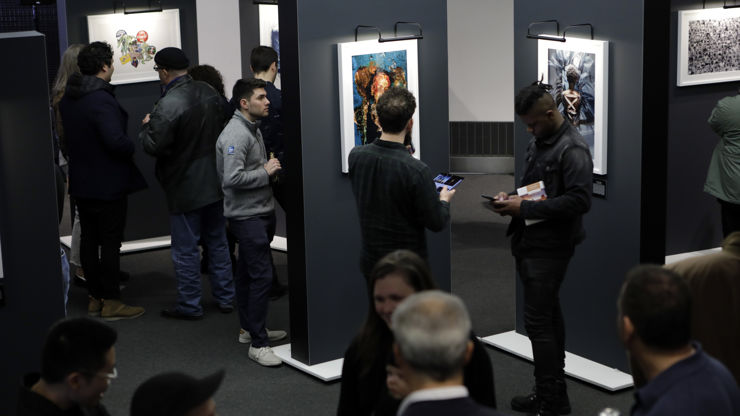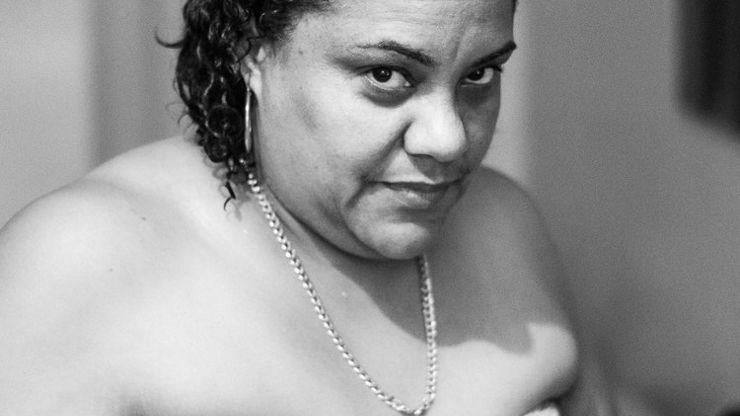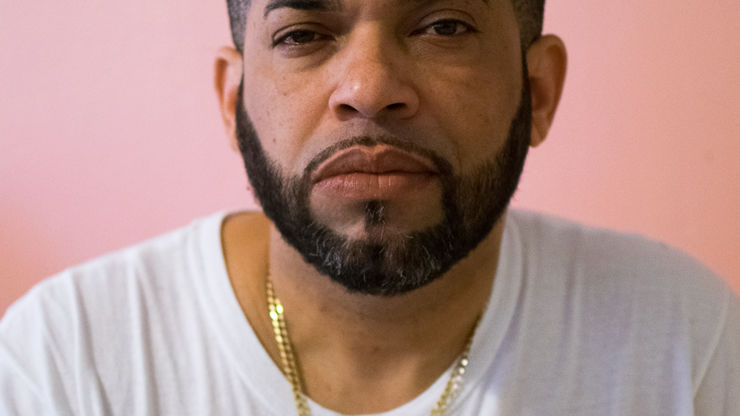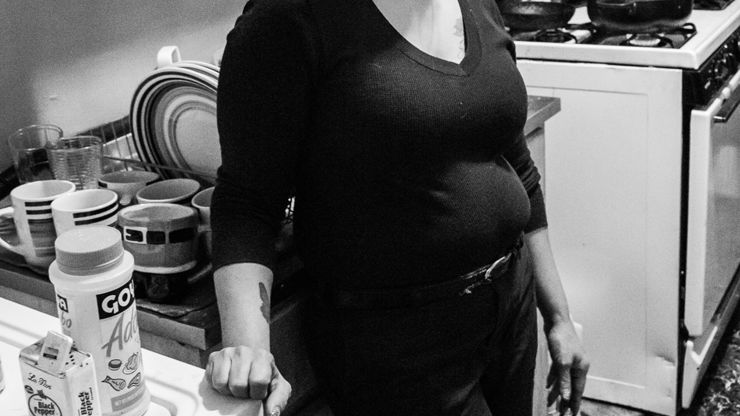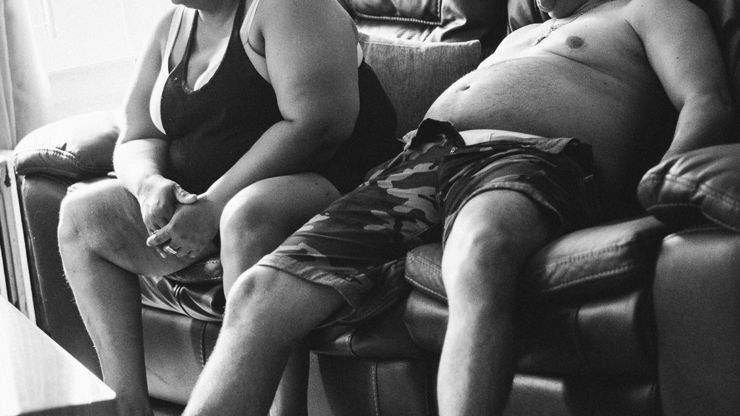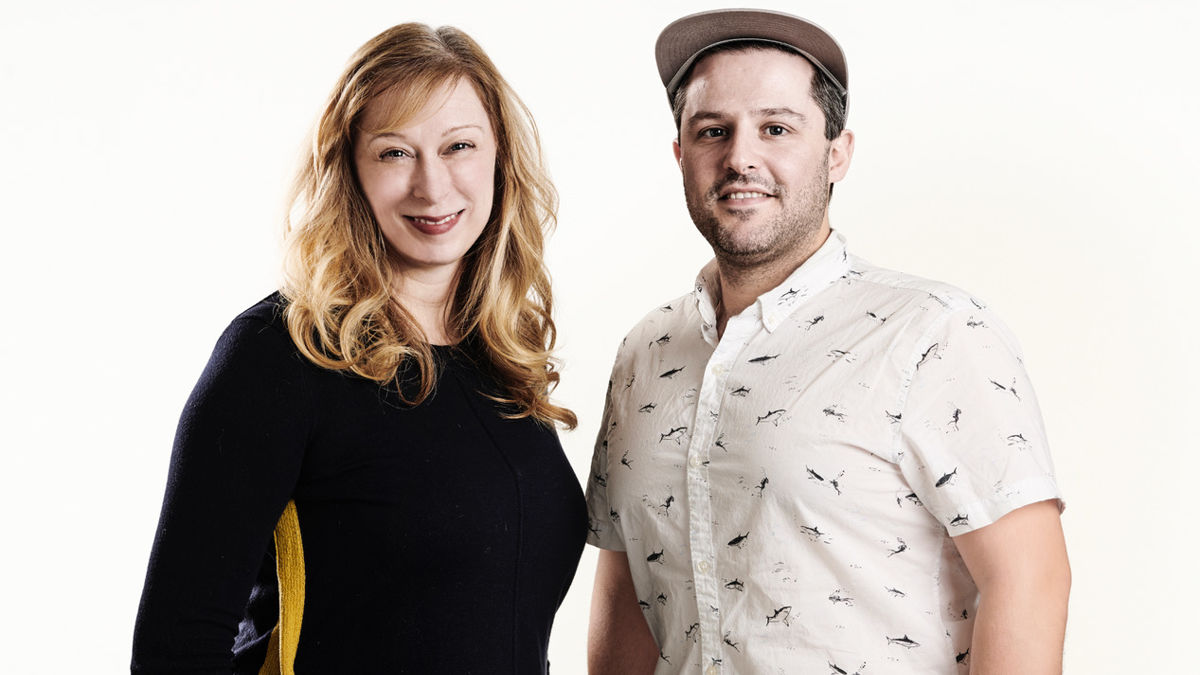Artists and agencies collaborate to bring in new talent
Alicia Hansen, founder of the nonprofit arts program NYC SALT, worked with Eli Rotholz of Alkemy X to create a space for current students and program alumni to show off to advertising agencies.
Just before New York City was locked down, NYC SALT was poised to introduce itself to a new group of advertisers with the rotating PRISM gallery.
Having set up galleries in the workspaces of four esteemed NYC ad agencies; Grey, Juice Pharma, Havas, and VMLY&R, the PRISM exhibition was a showcase for both NYC SALT alumni and advertising talent. Although PRISM has been postponed, we got a chance to sit down with Alicia Hansen, the founder and executive director of NYC SALT, as well as PRISM founder and VP of Business Development for Alkemy X, Eli Rotholz to get their take on new talent, advertising, and how to bring new blood into the industry.
Alicia Hansen
First, can you tell me about SALT?
We are a photography program that uses photography as a pathway to higher education and careers in the creative industry. We work with kids from underserved communities through a multi-year program, giving students a strong foundation in the visual arts.
Students are generally with us for two to four years. We help them navigate college, and when they emerge, we help foster opportunities to help them launch their career. We have an alumni program that helps with continued professional development, portfolio critiquing, career placement and internships.
Lots of kids don't think about going to work to do something they really love, or that it's even a possibility.
Our goal is to help student artists build advanced visual arts skills and the determination, confidence, and grit they need to succeed in college and future careers
Above: Liam O'Connell, class of 2018
How can you ‘sell’ advertising to young artists?
We're not trying to sell the students on any one industry per se--a more appropriate word is that we 'expose' them to different industries. The advertising industry is a big part of that. Building relationships with agencies like Grey, JUICE Pharma, Ogilvy, Havas, and others have been really helpful. Most kids don't really know jobs like those are available or possible unless their parents work in an agency.
I think our goal is to make them aware of what's out there and to build their creativity, portfolios, and skillsets before they get to college. The relationships with agencies entail trips, having the agencies showcase reels or campaigns, telling the kids what they do and how they do it, and giving kids options they don't know exist. It helps them find their own vocations.
Lots of kids don't think about going to work to do something they really love, or that it's even a possibility. SALT has been about helping kids find their talents and navigate what they'd be happy doing in terms of work - helping them find a vocation.
How do you support and foster new voices while also letting them polish their craft?
It's really by program design. This is a program that the students, in many ways, co-designed with me. Photography is a tool to use for self-expression. We give them structure around doing different types of assignments to explore mastering the tool, technically and creatively, but they choose their subjects. It's their voice.
Most kids don't really know jobs (in advertising) are available or possible unless their parents work in an agency.
We teach them how to use tools so they can express themselves and tell their own stories. We place emphasis on how to be excellent technically before we present projects where they're given free rein to say what they want. You may have important things to say, but if you can't execute them well, the message won’t resonate.
Above: Photographs by Malike Sidibe, class of 2015
How do you encourage young people to try new disciplines?
In addition to these visits, we have a whole host of mentorships where students are matched with industry personnel. The mentors’ expertise varies widely, from art directors to photo editors to filmmakers. And then, especially with our alumni, they can go toward illustration or graphic design.
We place emphasis on how to be excellent technically before we present projects where they're given free rein to say what they want.
We begin with exposure, and that starts from the very first class. All mentors give a 10-minute presentation at the beginning of the year showcasing what they do, so when a student decides they're interested in a certain subject, they can ask questions and gravitate toward that one person.
What advice do you have for advertising companies that would help them find and hire more young artists?
My advice would be to get to know us; we have a whole host of young artists. Partner with us, become part of our community, come to our events. We give our younger artists a platform to showcase work and we know them better than anyone. We can help match people and students with agencies looking for a certain thing. Work with organizations like us, that partner with talented kids and invest in what they're doing--you can be a direct pipeline for new artistic talent.
Above: Photographs from the event at Grey in early March.
Eli Rotholz
How did you get involved in NYC SALT?
It all started about eight months ago. I love street photography; I practice every day, when I can go outside. What I wanted to do was throw an ad-centric gallery event with others who hold different roles in the ad industry. I was originally going to show the work of myself and my friends' at a gallery but realized I could partner with a nonprofit and also use the event to benefit a good cause.
Imagine if we started introducing the prospect of an advertising career to those currently getting visual arts degrees? How do we get people even younger interested in advertising?
I met Michael Kaminski, Head of Production at JUICE Pharma and mentor at NYC SALT, and he graciously set up a meeting to introduce me to Alicia. We had a meeting about partnering with SALT for the nonprofit-driven gallery, and they liked the idea. Then we put together a pitch deck for the event to show agencies, starting with Grey, and went around to others on the idea. A bunch were excited and said yes right away. Then, we went through the process of finding photographers and curating work--it all came together very organically.
What is the benefit of getting new blood in advertising?
From a purely industrial perspective, now more than ever, people have to take risks on young talent to tackle jobs with smaller budgets for social and digital content. Agencies have to learn how to be production companies, and vice versa.
We’re moving towards an industry that needs to open up more to nontraditional virtual production pipelines.
On the other side of it, at the AICP Show, you walk into a room full of predominantly white and male faces. How do we build a more diverse industry? I think this kind of change stems from an opportunity level. Imagine if we started introducing the prospect of an advertising career to those currently getting visual arts degrees? How do we get people even younger interested in advertising? As photo and filmmaking tech become more democratized through greater access to content creation technology, more people can make content, and it will become a wild west of beautiful creation.
Dalí did advertising, so did Andy Warhol, Picasso, Mucha; all of these fine artists and famous directors worked in advertising between creative projects.
Above: Mamadi Doumboya, class of 2018
How do you make advertising accessible?
Organizations and opportunities like PRISM and NYC SALT are great ways to do that, in terms of helping young people network. But the other question is, what programs do agencies and brands have in place right now to reach younger, underprivileged, or networking-disadvantaged individuals? Maybe over the course of time, PRISM can become the industry call to action, to connect graduates from programs like NYC SALT and make those connections.
Advertising is the visual arts. Strengthening our arts programs in this country is really important.
At Grey, it was really successful. We helped get the industry excited about what this could be moving forward. Also, while we’re adjusting to working from home currently, I think we're heading into a more fearful world regarding personal contact. We’re moving towards an industry that needs to open up more to nontraditional virtual production pipelines. Allowing new generations this kind of option is incredibly important because we need their input.
As an industry, ads are trying to look less like ads. Content is being lightly branded to feel less like a commercial. This next generation of content creators is so wary of being sold by brands that authenticity matters most. It's why influencer marketing, brand marketing with real people, is popular. Gen Z has such a keen eye to being sold, and this translates to them having a keener eye to making authentic content.
From a purely industrial perspective, now more than ever, people have to take risks on young talent to tackle jobs with smaller budgets for social and digital content. Agencies have to learn how to be production companies, and vice versa.
Sitting at an AICP roundtable a few years ago, they were talking about implementing systems like Free The Bid, but creating opportunities to reach these young people during the education process. We should reach young people before they're jaded in the workforce. They have an innocence, a youthful joie de vivre, that the industry could use. Education is where we'll find that.
Above: Photographs from the event at Grey in early March.
What do you look for in new talent?
I look for the person who just got the latest NOWNESS premiere or Staff Pick on Vimeo. I love the art of advertising, and I know people who make great work, so I look for folks who create interesting shorts and feature films and can tell stories in beautiful, different ways or have interesting technical skills. I look for people who do visually engaging, exciting work.
We should reach young people before they're jaded in the workforce. They have an innocence, a youthful joie de vivre, that the industry could use.
To find talent for Alkemy X, I stay constantly curious and watch films outside of the advertising space or from nontraditional venues, to be able to say, “That person has an eye, and with 2-3 more pieces on the reel they can become a big deal.” It’s important to try to help artists translate their style into reel-building.
What resources are out there for young artists who might want to pursue a career in advertising?
There are lots of non-degree programs and internships out there.The best-prepared people have experienced what it's like on the agency or brand and production company sides of the industry. Understanding both sides of the coin is important, in that production companies bid projects, but knowing what it takes on the agency side just to pitch a project, which could take months.
I love the art of advertising, and I know people who make great work, so I look for folks who create interesting shorts and feature films and can tell stories in beautiful, different ways or have interesting technical skills.
That said, I don't think there are enough resources currently, we need more innovative programs and opportunities like PRISM and NYC SALT to show young people that advertising can serve as an outlet for their creativity. Advertising is the visual arts. Strengthening our arts programs in this country is really important.
Dalí did advertising, so did Andy Warhol, Picasso, Mucha; all of these fine artists and famous directors worked in advertising between creative projects. Young people need to realize, you don't need to just do advertising. Knowing that ad work can be an outlet between passion projects is important. Miami Ad School and the like for post-degree building, are great. But I think that if there are more programs like PRISM, which focus on building portfolios and giving the right kind of education, building a career is about awareness as much as opportunity.
)





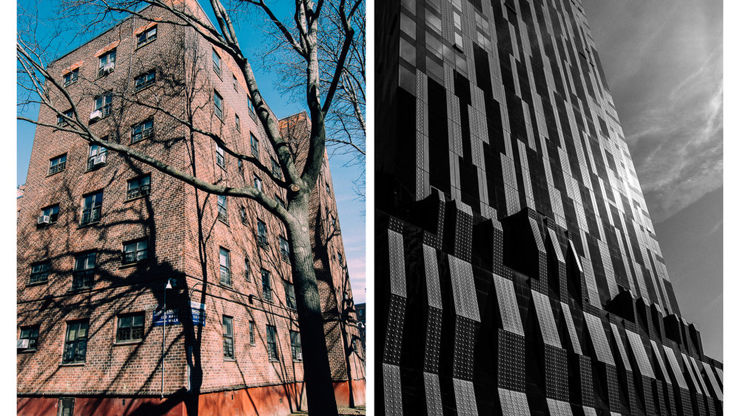



 + membership
+ membership

